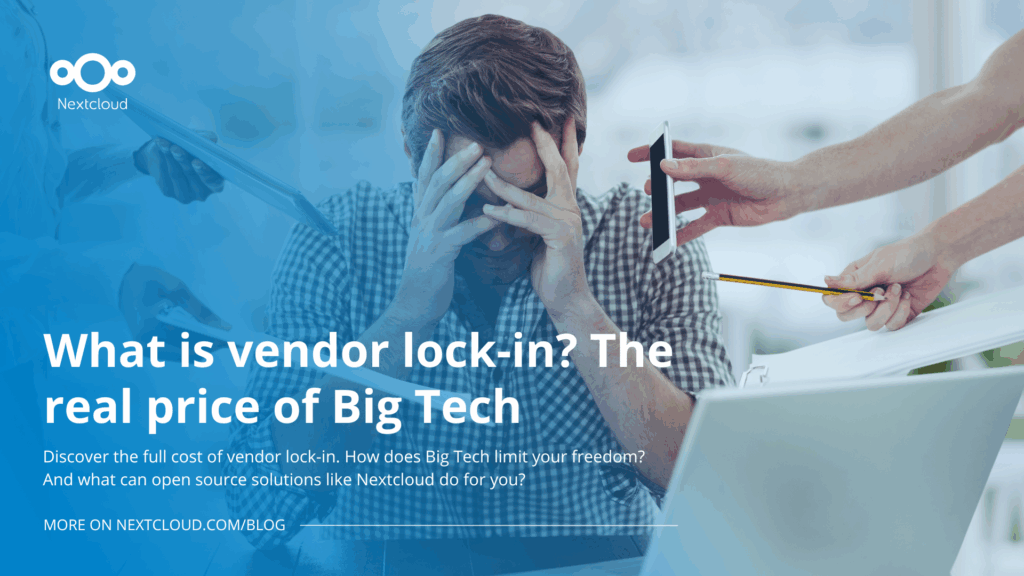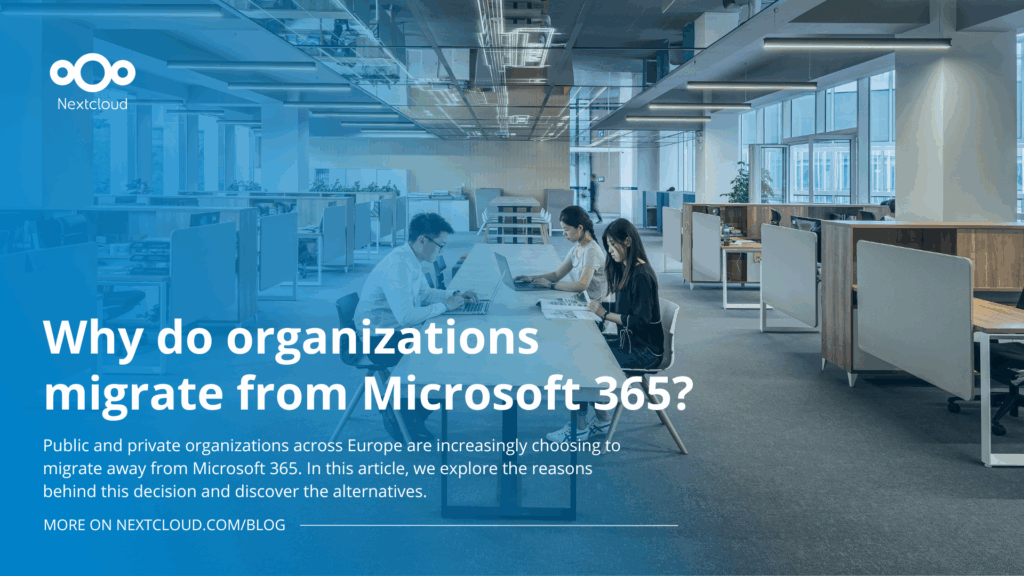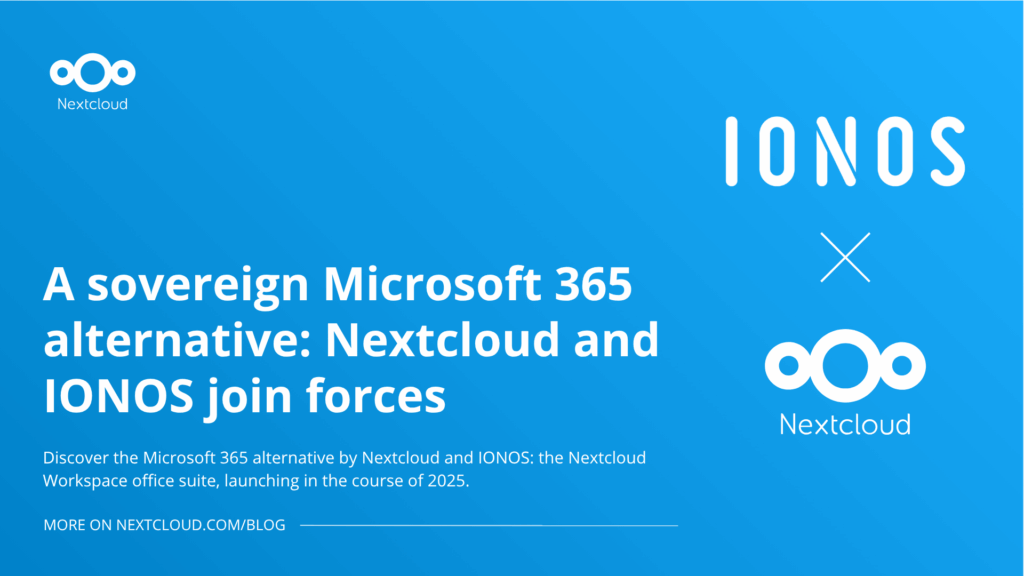What is vendor lock-in? The real price of Big Tech
“Is vendor lock-in stifling your business growth?”
Between Microsoft’s recurring price hikes and rising geopolitical instability, this question is increasingly entering today’s business conversations with CIOs, IT managers and policymakers.
What began as a clever sales tactic for razor blades has evolved into a dominant strategy in the world of Big Tech. Vendor lock-in — the strategy of making customers dependent on a product or service, with high costs or technical hurdles to switch — has radical consequences for many businesses.
Enterprise companies and public organizations that rely on Big Tech to work online, store data, or build their product might feel like their digital sovereignty is imperiled.
Is your tech stack tied to just one or a handful of corporations? Discover what vendor lock-in looks like today, what it might be costing your business, and how to find your freedom.
The evolution of vendor lock-in: from bathroom sales to enterprise IT
In the 1960s, Gillette revolutionized the shaving market with the Trac II, the first twin-blade razor system, marketed as safer and smoother way to shave. But once users adopted the new shaving system, they were locked in. Only Gillette’s blades would fit the handle, ensuring shavers were stuck in the Gillette’s ecosystem.
Of course, vendor lock-in has come a long way from the bathroom.
Today, ensuring that organizations are dependent on your services has become a common practice in enterprise IT. So much so that there is even a dedicated term for making users dependent on a certain tech stack: technology lock-in. The idea is that the more people within an organization adopt a certain technology, the less likely they are to switch. Which is why Big Tech is so focused on building dependency on their services with as many organizations as possible, locking them in, one by one.
Is the price right? The cost of vendor lock-in
The initial sticker price of enterprise software often looks reasonable. A lot of software vendors even give discounts, knowing that their real profit will come from charging long-term service and support contracts. These can run up to 20% of the initial purchase price.

And of course, the rates also inflate costs over time. Rising subscription fees are recurring issues, as vendors can up the prices at their own will. While vendors have the right to adjust pricing, many seem to exploit this freedom, especially in the case of essential enterprise IT tools.
Between 2009 and 2019, 67 out of 100 business apps raised their prices by an average of 98%. Overall, software prices went up 62% over the past decade. (That’s three times more than the average inflation rate). The numbers show that reasonable pricing in enterprise software seems to have gone out the window.
And the price of technology lock-in goes way beyond the monthly invoice that lands on the desk of your accounting team for your cloud services. As already mentioned, Big Tech companies make profits from service and support contracts. But the true “cost of ownership” for enterprise software goes way beyond the subscription fees.
Vendor lock-in isn’t just financial, but also technical and strategic, and includes:
- High migration costs
- Lack of interoperability
- Lack of transparency
- Unclear data ownership
- Reduced flexibility
The total cost has so many unknowns and hard-to-assess factors that the calculation can become complex and obscure. Despite this lack of transparency, the grip of Big Tech on your wallet can be quite tight. They can easily add costs to your invoice, as they know that companies fear the challenges of migration.
Getting started with Nextcloud Enterprise
Join our upcoming webinar to learn how Nextcloud Enterprise empowers teams with the tools to collaborate, communicate, and stay compliant while helping organizations regain control over their data and achieve digital sovereignty. Can’t attend? You can still register to receive the recording.
Register nowVendor lock-in and foreign dependencies: who owns your data?
Besides the issues of costs, there is the question of data storage. When relying on Big Tech, your organization’s data location, access and compliance are most likely tied to foreign tech companies. In turn, these companies are dependent on their country’s legal agreements, such as the US CLOUD Act in case of US providers.

A recent transparency report showed that over the last 10 years, Apple, Google and Meta have answered positively to about 80%-90% of US government data requests. This resulted in 3.1 million user accounts being handed over to the US government, up an average of 600% over the same time frame.
The AI boom adds a new layer of complexity. Many companies that offer AI-enabled tools store prompts and training data in their own ecosystems. So a lot of your organization’s information lives on external servers, used for example to personalize AI responses. That means your strategic intelligence, from customer data to product ideas, might be helping train a model you don’t own, control, or even understand.
And what happens if the provider shuts down your access? Or if the company is acquired by another one? Or if the tech company makes changes to its privacy terms?
You may not only lose your data, but even the very intelligence you’ve helped train. And exporting your data doesn’t offer a solution, as it might not be compatible with alternative models, effectively blocking your exit.
The solution? Control, compliance, and freedom of choice
What was a cheeky sales strategy for razors is now a billion-dollar trick for the tech industry: vendor lock-in is keeping enterprise organizations highly dependent on a handful of Big Tech companies. Both the question of costs and data storage is becoming an increasing concern with organizations looking for transparency and digital sovereignty.
So how can you navigate the lock-in challenge?
By ensuring that you maintain true ownership over your tech services and data, without lock-in, hidden costs, or compromises. Open source technology offers a reliable way to achieve digital sovereignty. Because what a company can’t have, they can’t share.
With open source technology like Nextcloud, you don’t just escape the cycle of rising prices and unclear ownership. You reclaim control and autonomy over your data and your tools, including powerful ethical AI capabilities.
As Forbes stated in a recent article, “The crucial factor is choosing your technology wisely. Unless you find a new technology that offers a critical advantage to your business, it is wiser to stick to roads well-traveled and utilize popular, broadly adopted open source technologies that are well-supported and well-understood.”
And that’s exactly what Nextcloud can offer you: a privately hosted collaboration platform, fully interoperable and protected from vendor lock-in. Are you ready to start building your tech stack on your own terms? Join the digital sovereignty revolution today.
Get Nextcloud Hub 10 now!
Download the latest version of Nextcloud Hub here. Or if you are new – start your instant trial right away!











Comments